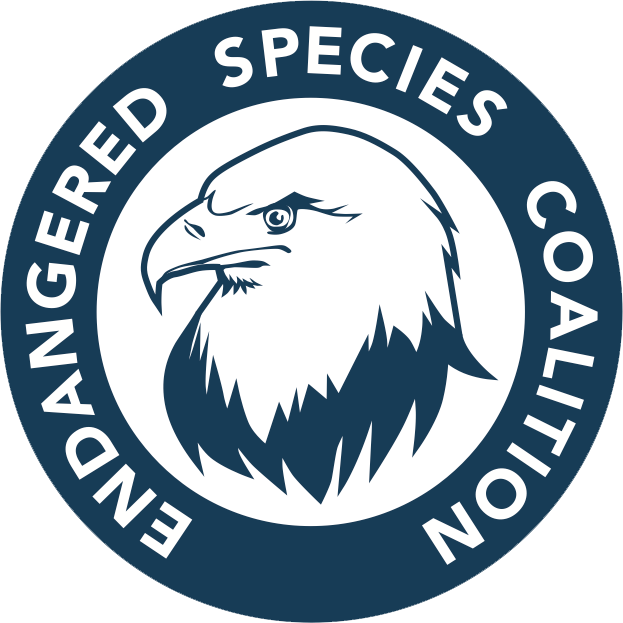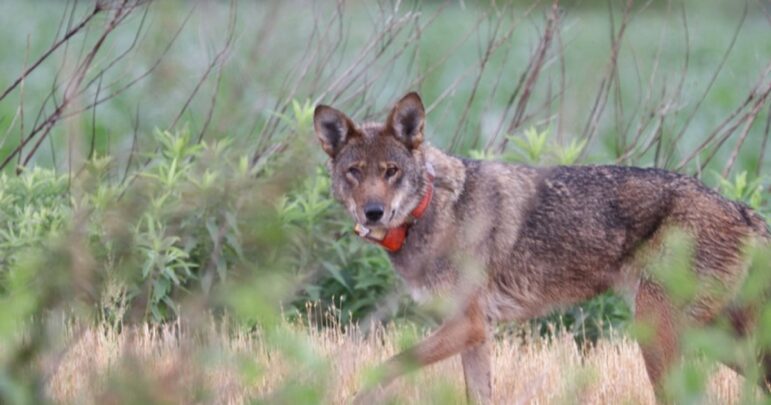Article by: Jane Marsh, Editor-in-Chief of Environment.co
_
The growing concern for endangered species has spotlighted zoos as crucial players in wildlife conservation. Their breeding programs increase populations of endangered species and focus on preserving genetic diversity and reintroducing animals into the wild. These programs are vital to zoos’ efforts to save species from extinction, providing a crucial lifeline in the global conservation effort.
In the United States, red wolves, black footed ferrets, and manatees all benefit from the work done by zoos & aquariums.
The Role of Genetics in Breeding Programs
Genetics in breeding programs is crucial, especially given the 69% drop in vertebrate populations since 1970. Successful breeding focuses on more than just increasing numbers — it emphasizes genetic diversity for healthy, resilient offspring. This diversity helps species adapt to changing environments and resist diseases, making it a critical factor in conservation efforts.
Maintaining genetic diversity involves careful planning. Strategies include rotating animals between zoos, genetic testing for informed breeding decisions and introducing wild individuals to diversify the gene pool.
This approach leads to healthier populations and enhances their ability to adapt to environmental changes. It’s essential for the survival and thriving of species in zoos and the wild.
Challenges and Criticisms
Breeding programs in zoos face several significant challenges that can impact their effectiveness. One primary issue is maintaining genetic diversity — a limited gene pool in captivity can lead to inbreeding, resulting in health problems or reduced adaptability.
The reintroduction of animals into the wild poses another challenge. Animals bred in captivity might need help adapting to natural habitats, finding food, avoiding predators or interacting with wild counterparts.
Additionally, breeding programs are not immune to criticism. Ethical concerns arise regarding the welfare of animals in captivity, with debates focusing on the quality of life and natural behavior expression.
Habitat loss in the wild is another critical issue — reintroduction efforts may be futile without preserving and restoring natural habitats. In some cases, animals in captivity develop new illnesses or have shorter life spans due to factors like stress of limited genetic variation.
The Role of Zoos Beyond Breeding
Zoos play multifaceted roles in conservation that extend beyond breeding programs, significantly contributing to the broader efforts to protect endangered species. Education is a primary function, as zoos are platforms to raise public awareness about wildlife conservation.
They provide interactive and engaging experiences that help visitors understand the importance of preserving natural habitats and the threats faced by endangered species. This educational aspect fosters a deeper connection between people and wildlife, inspiring conservation efforts on a personal and community level.
Fundraising is another vital role that zoos play. The funds from ticket sales, donations and special programs often go toward conservation projects, research and maintaining high standards of animal care.
Additionally, zoos can be sanctuaries during natural disasters, safeguarding endangered species from threats like wildfires or floods. Advanced infrastructure — like flood barrier systems capable of controlling up to 75% of their height in water depths — ensures the safety of animals during such events.
These roles of education, fundraising and protection are complementary to breeding programs. The awareness and funds raised through zoos better implement these endeavors, providing resources for research and developing more effective conservation strategies.
Meanwhile, the protections offered during natural disasters help maintain the stability of captive populations, which is crucial to the success of breeding efforts. Together, these roles fortify the position of zoos as integral components in the fight to save endangered species.
The Future of Zoo Breeding Programs
Emerging techniques in conservation breeding — such as advanced genetic technologies and assisted reproductive methods — are reshaping wildlife preservation. Global cooperation enables the sharing of these programs.
Wildlife conservation is a long-term endeavor that often spans decades and requires sustained, adaptive efforts. Future breeding programs can integrate more sophisticated technologies — like AI for health monitoring and habitat management — and adopt “rewilding” strategies to better prepare animals for release into the wild, ensuring their adaptability and survival.
Breeding Hope in the Wild
Zoo breeding programs conserve endangered species, successfully increasing populations and maintaining genetic diversity, yet face challenges like genetic management and complexities of reintroduction. Technological advancements and international collaboration are improving their effectiveness, but conservation remains a long-term commitment.
As individuals, supporting local zoos, participating in awareness programs and engaging in conservation efforts can make a significant difference. Your involvement is crucial in the collective mission to preserve the planet’s wildlife.



1 comment on “Zoos & Aquariums’ Role in Saving Endangered Species”
This post beautifully highlights the vital role zoos and aquariums play in conservation. It’s inspiring to see how they not only educate the public but also actively participate in breeding programs and habitat restoration initiatives. We need more awareness about these efforts to support endangered species and their ecosystems! Thank you for sharing this important message.